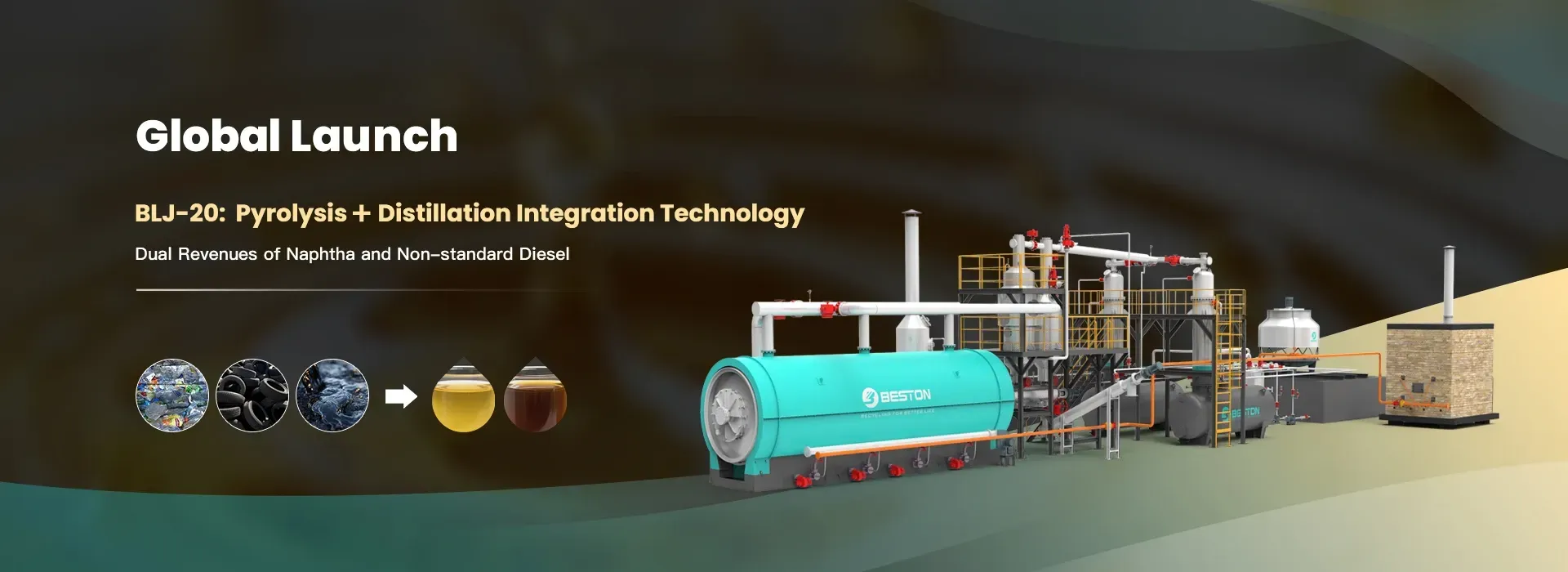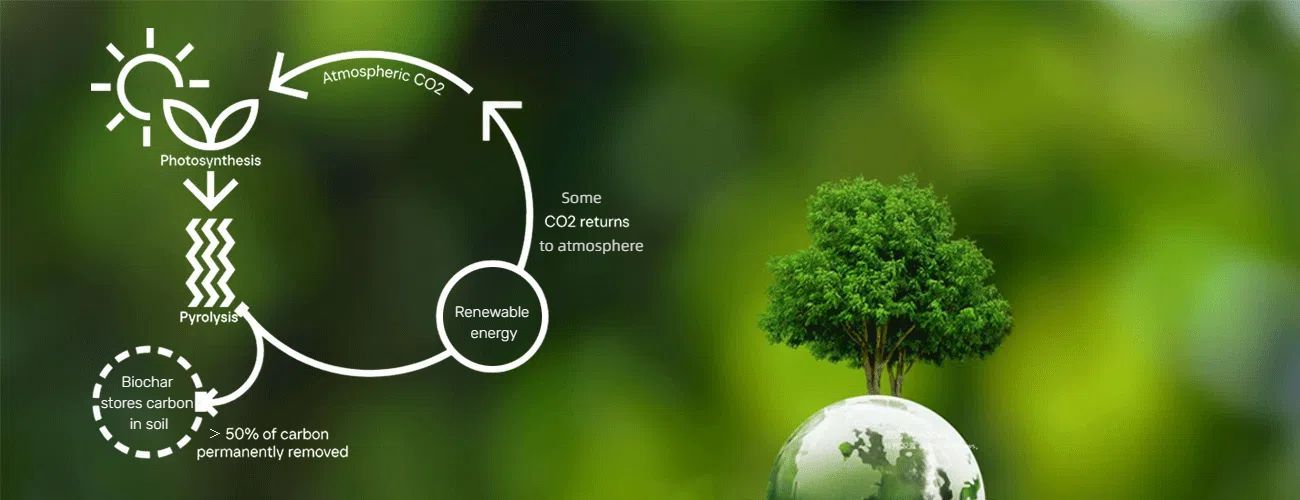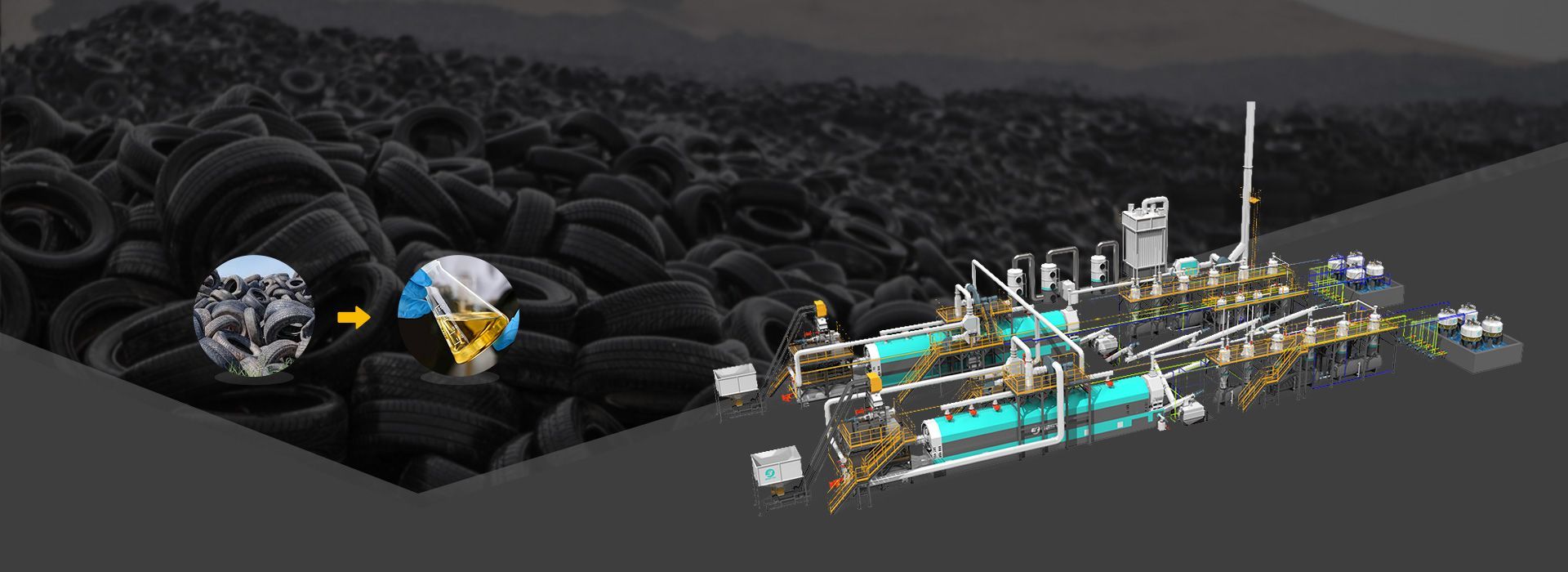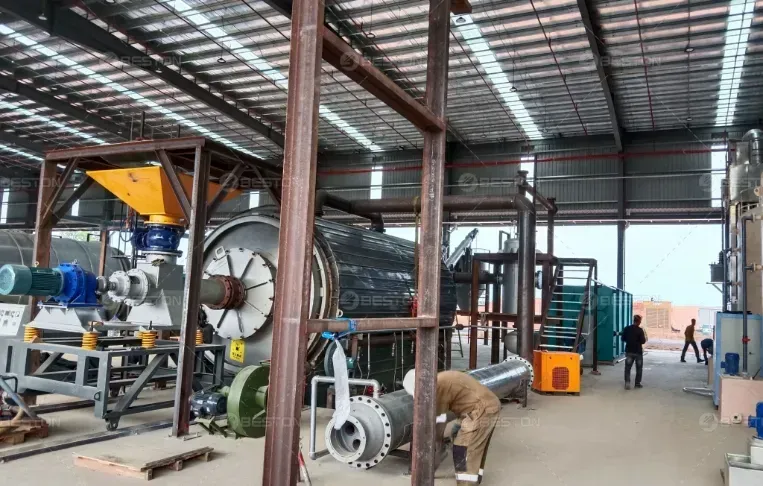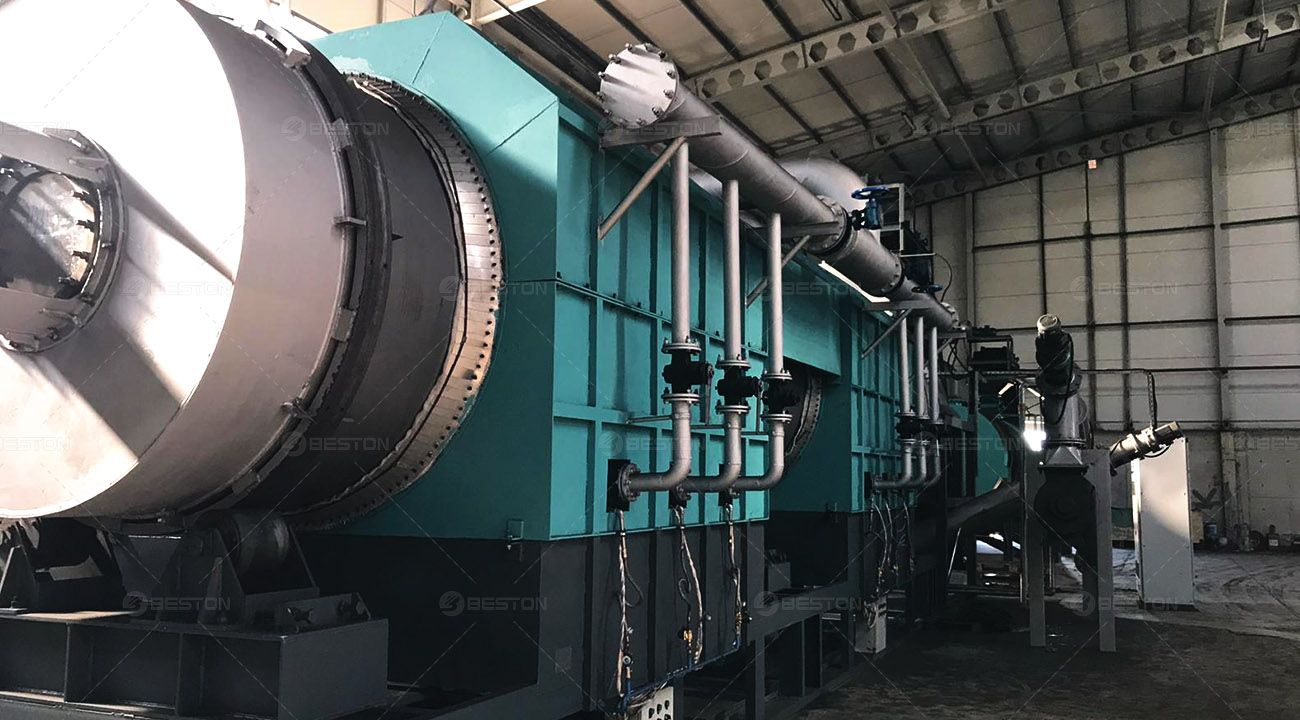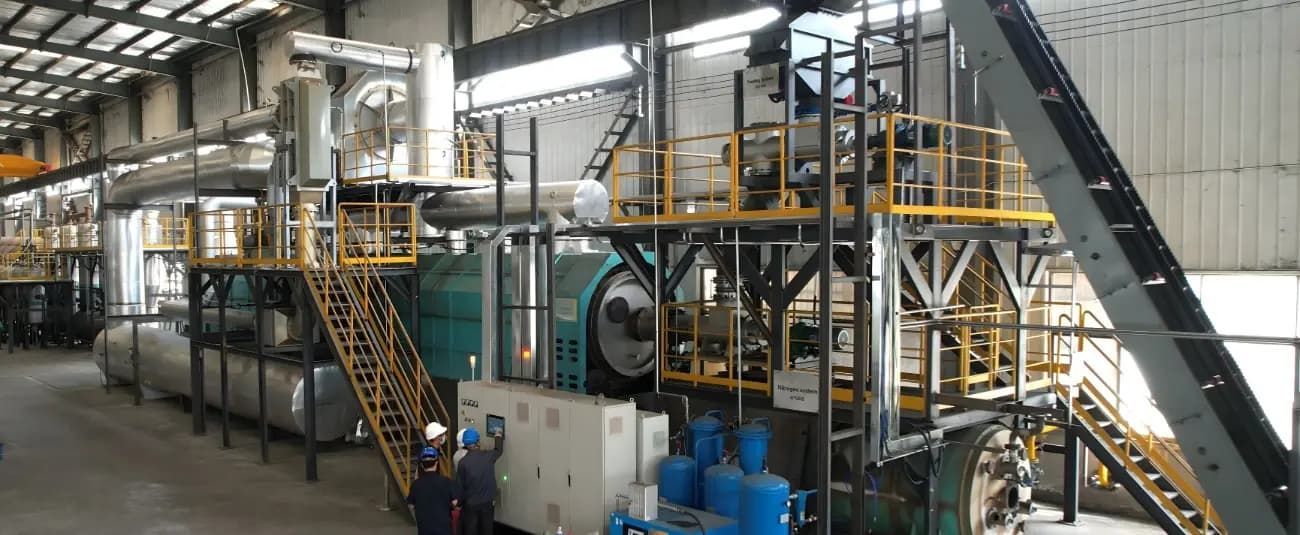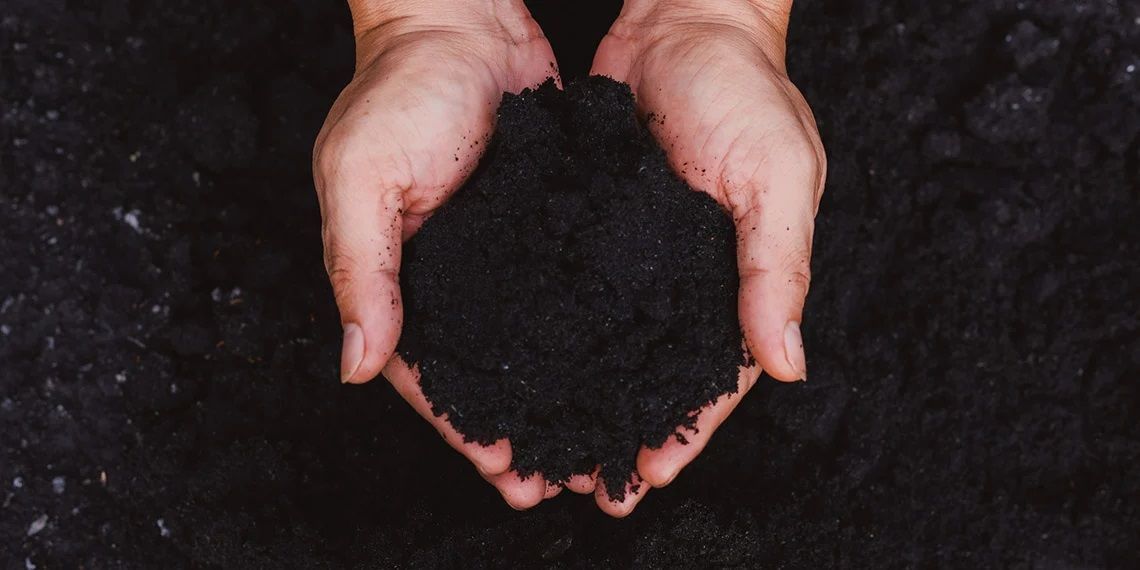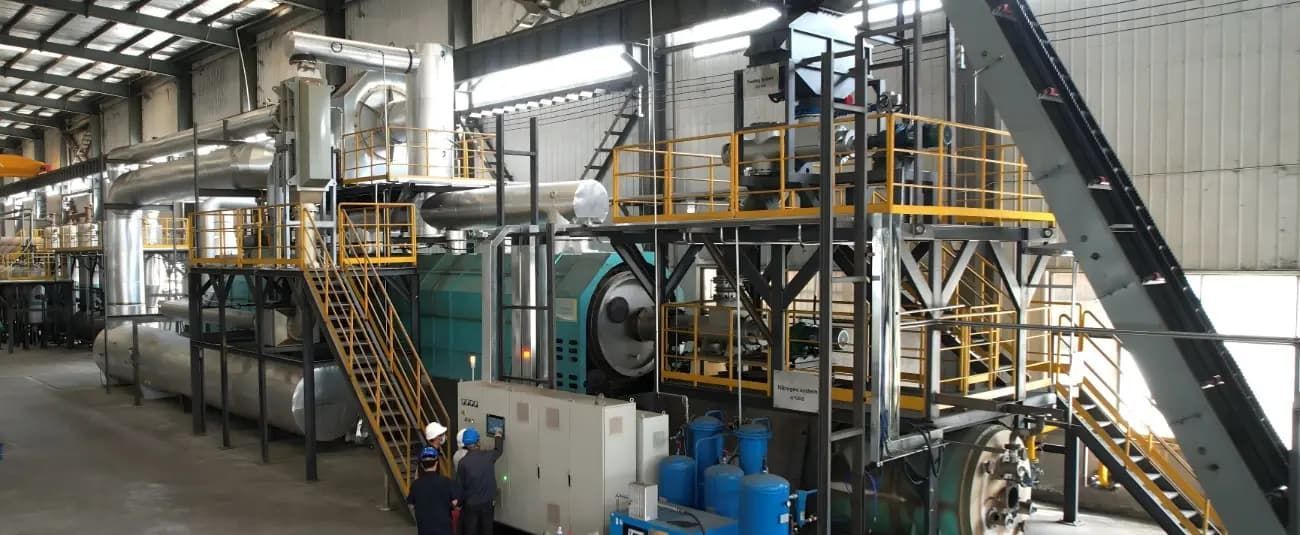What to Consider When Using Sawdust for Charcoal Production
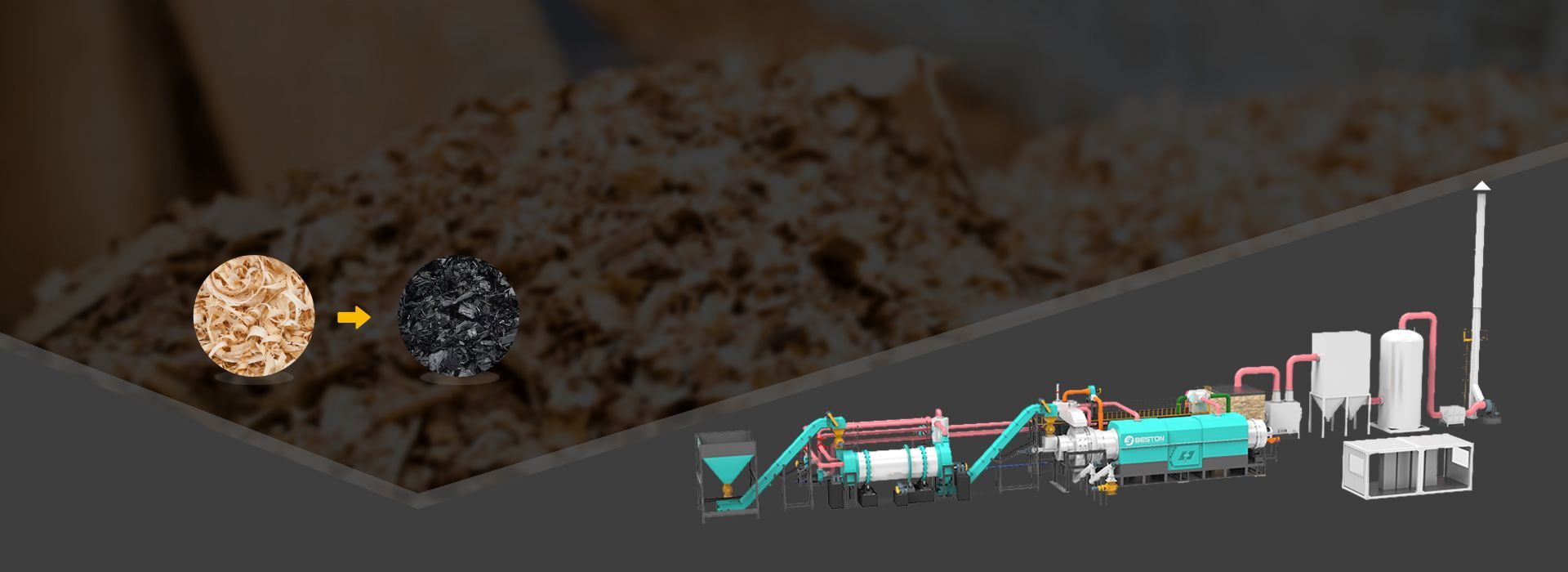
Sawdust, a byproduct of woodworking and milling industries, has become a popular raw material for producing biochar and charcoal through pyrolysis. Its fine particle size, abundance, and carbon-rich nature make it ideal for conversion into high-quality charcoal. However, not all sawdust is created equal—and understanding what to look for can significantly impact the performance and output of a sawdust charcoal machine.
Moisture Content: Dry Is Best
The first and most important factor is moisture content. Sawdust with high moisture levels can drastically reduce the efficiency of the pyrolysis process, requiring more energy for drying and resulting in lower charcoal yields. Ideally, the moisture content should be below 15% before feeding it into a sawdust charcoal machine. Some modern machines include pre-drying systems, but pre-drying the material naturally or mechanically beforehand can improve both efficiency and product quality.
Uniform Particle Size Matters
While sawdust is already fine compared to other biomass materials, it’s still important to ensure consistency in particle size. Uneven particles can lead to inefficient combustion or incomplete carbonization. If the particles are too large or contain wood chips, they may clog parts of the sawdust charcoal machine or lead to uneven heating. Screening or milling the material before feeding it into the machine can help maintain consistency and optimize performance.
Wood Type and Source
The type of wood the sawdust comes from also affects the quality of the resulting charcoal. Hardwoods typically produce denser and longer-burning charcoal, while softwoods may create more volatile compounds. Additionally, avoid sawdust that contains glue, paint, or chemical treatments—these can release harmful emissions during pyrolysis and may even damage the machine.
Before running a sawdust charcoal machine, make sure the raw material is clean, untreated, and preferably from a known wood source. This ensures the final product is safe, high-quality, and suitable for agricultural, industrial, or even barbecue use.
Contaminants and Impurities
Contaminants like nails, plastics, or metal debris are sometimes mixed with sawdust from carpentry or furniture manufacturing. These should be removed prior to processing, as they can cause mechanical issues in the sawdust charcoal machine or compromise the purity of the charcoal. Using magnetic separators or manual screening methods can help prevent such issues and protect both the equipment and the environment.
Conclusion
Sawdust is an excellent feedstock for charcoal production when handled correctly. By paying attention to moisture content, particle size, wood type, and potential contaminants, producers can maximize efficiency and output quality. With the right preparation and a reliable sawdust charcoal machine, this humble byproduct can be transformed into a valuable and sustainable energy source.
